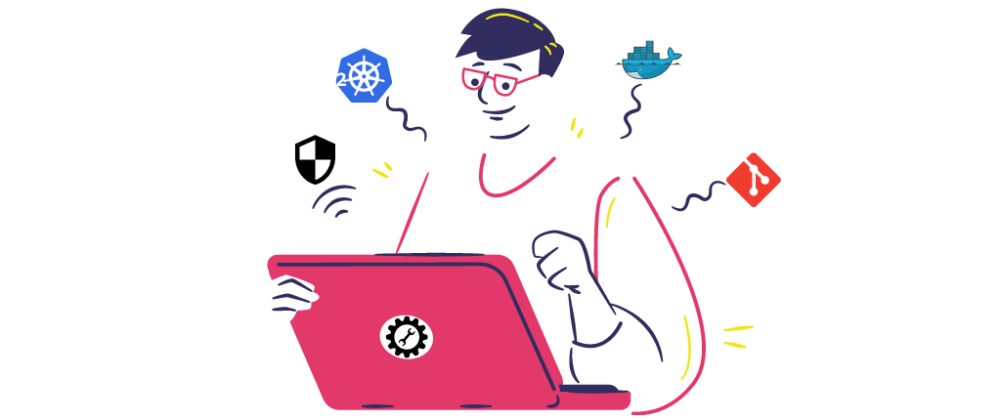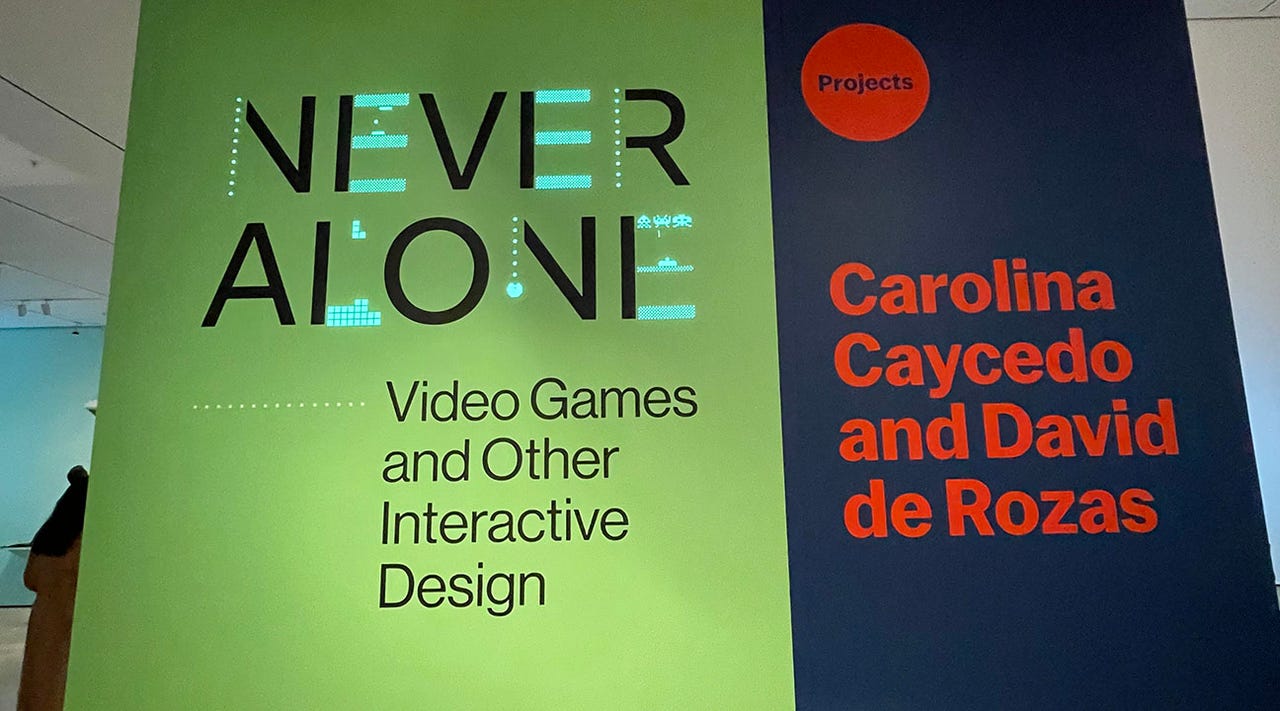The 5-step plan for better Fraud and Risk management in the payments industry

The overall complexity and size of the digital payments industry make it
extremely difficult to detect fraud. In this context, merchants and payment
companies can introduce fraud monitoring and anti-fraud mechanisms that verify
every transaction in real-time. The AI-based systems can take into account
different aspects such as suspicious transactions, for example, amount, unique
bank card token, user’s digital fingerprint, the IP address of the payer, etc.,
to evaluate the authenticity. Today, OTPs are synonymous with two-factor
authentication and are thought to augment existing passwords with an extra layer
of security. Yet, fraudsters manage to circumvent it every day. With Out-of-Band
Authentication solutions in combination with real-time Fraud Risk management
solutions, the service provider can choose one of many multi-factor
authentication options available during adaptive authentication, depending on
their preference and risk profile Just like 3D Secure, this is another
internationally-accepted compliance mechanism that ensures that all the
intermediaries involved in the payments system must take special care of the
sensitive client information.
The Importance of Pipeline Quality Gates and How to Implement Them
There is no doubt that CI/CD pipelines have become a vital part of the modern
development ecosystem that allows teams to get fast feedback on the quality of
the code before it gets deployed. At least that is the idea in principle. The
sad truth is that too often companies fail to fully utilize the fantastic
opportunity that a CI/CD pipeline offers in being able to provide rapid test
feedback and good quality control by failing to implement effective quality
gates into their respective pipelines. A quality gate is an enforced measure
built into your pipeline that the software needs to meet before it can proceed
to the next step. This measure enforces certain rules and best practices that
the code needs to adhere to prevent poor quality from creeping into the code. It
can also drive the adoption of test automation, as it requires testing to be
executed in an automated manner across the pipeline. This has a knock-on effect
of reducing the need for manual regression testing in the development cycle
driving rapid delivery across the project.
Best of 2022: Measuring Technical Debt

Of the different forms of technical debt, security and organizational debt are
the ones most often overlooked and excluded in the definition. These are also
the ones that often have the largest impact. It is important to recognize that
security vulnerabilities that remain unmitigated are technical debt just as much
as unfixed software defects. The question becomes more interesting when we look
at emerging vulnerabilities or low-priority vulnerabilities. While most will
agree that known, unaddressed vulnerabilities are a type of technical debt, it
is questionable if a newly discovered vulnerability is also technical debt. The
key here is whether the security risk needs to be addressed and, for that
answer, we can look at an organization’s service level agreements (SLAs) for
vulnerability management. If an organization sets an SLA that requires all
high-level vulnerabilities be addressed within one day, then we can say that
high vulnerabilities older than that day are debt. This is not to say that
vulnerabilities that do not exceed the SLA do not need to be addressed; only
that vulnerabilities within the SLA represent new work and only become debt when
they have exceeded the SLA.
DevOps Trends for Developers in 2023

Security automation is the concept of automating security processes and tasks
to ensure that your applications and systems remain secure and free from
malicious threats. In the context of CI/CD, security automation ensures that
your code is tested for vulnerabilities and other security issues before it
gets deployed to production. In addition, by deploying security automation in
your CI/CD pipeline, you can ensure that only code that has passed all
security checks is released to the public/customers. This helps to reduce the
risk of vulnerabilities and other security issues in your applications and
systems. The goal of security automation in CI/CD is to create a secure
pipeline that allows you to quickly and efficiently deploy code without
compromising security. Since manual testing might take a lot of time and
developers' time, many organizations are integrating security automation in
their CI/CD pipeline today. ... Also, the introduction of AI/ML in the
software development lifecycle (SDLC) is getting attention as the models are
trained to detect irregularities in the code and give suggestions to enhance
or rewrite it.
What Brands Get Wrong About Customer Authentication

When comparing friction for customers with security accounts and practical
security needs, one of the main challenges is convincing the revenue side of a
business of the need for best practice from a security standpoint.
Cybersecurity teams must demonstrate that the financial risks of not putting
security in place - i.e., fraud, account takeover, reputation loss, regulatory
fines, lawsuits, etc. - overwhelm the loss of revenue and abandonment of
transactions on the other side. There are always costs associated with
security systems, but comparing the costs associated with fraud to those of
implementing new security measures will justify the purchase. There is a fine
balance between having effective security and operating a business. Customers
quickly become frustrated by jumping through hoops to log in, and the password
route is unsustainable. It’s time to look at the relationship between security
and authentication and develop solutions for both. Taking authentication to
the next level requires thinking outside the box. If you want to implement an
authentication strategy that doesn’t drive away customers, you need to make
customer experience the focal point.
Video games and robots want to teach us a surprising lesson. We just have to listen

The speedy, colorful ghosts zooming their way around the maze greeted me as I
stared at the screen of a Pac-Man machine, a part of the 'Never Alone: Video
Games and Other Interactive Design' exhibit of the Museum of Modern Art in New
York City. Using the tiniest amount of RAM and code, each ghost is programmed
with its own specific behaviors, which combine to create the masterpiece work,
according to Paul Galloway, collection specialist for the Architecture and
Design Department. This was the first time I'd seen video games inside a
museum, and I had come to this exhibit to see if I could glean some insight
into technology through the lens of art. It's an exhibit that is more timely
now more than ever, as technology has been absorbed into nearly every
facet of our lives both at work and at home -- and what I learnt is that our
empathy with technology is leading to new kinds of relationships between
ourselves and our robot friends. ... According to Galloway, the Never Alone
exhibit is linked to an Iñupiaq video game included in the exhibit called
Never Alone (Kisima Ingitchuna).
The increasing impact of ransomware on operational technology

To protect against initial intrusion of networks, organisations must
consistently find and remediate key vulnerabilities and known exploits, while
monitoring the network for attack attempts. Also, wherever possible equipment
should be kept up-to-date. VPNs in particular need close attention from cyber
security personnel; new VPN keys and certificates must be created, with
logging of activity over VPNs being enabled. Access to OT environments via
VPNs calls for architecture reviews, multi-factor authentication (MFA) and
jump hosts. In addition, users should read emails in plain text only, as
opposed to rendering HTML, and disable Microsoft Office macros. For network
access attempts from threat actors, organisations should perform an
architecture review for routing protocols involving OT, and monitor for the
use of open source tools. MFA should be implemented to access OT systems, and
intelligence sources utilised for threat and communication identification and
tracking.
The security risks of Robotic Process Automation and what you can do about it

RPA credentials are often shared so they can be used repeatedly. Because these
accounts and credentials are left unchanged and unsecured, a cyber attacker
can steal them, use them to elevate privileges, and move laterally to gain
access to critical systems, applications, and data. In addition, users with
administrator privileges can retrieve credentials stored in locations that are
not secured. As many enterprises leveraging RPA have numerous bots in
production at any given time, the potential risk is very high. Securing the
privileged credentials utilised by this emerging digital workforce is an
essential step in securing RPA workflows. ... The explosion in identities is
putting more pressure on security teams since it leads to the creation of more
vulnerabilities. The management of machine identities, in particular, poses
the biggest problem, given that they can be generated quickly without
consideration for security protocols. Further, while credentials used by
humans often come with organisational policy that mandates regular updates,
those used by robots remain unchanged and unmanaged.
Best of 2022: Using Event-Driven Architecture With Microservices

Most existing systems live on-premises, while microservices live in private
and public clouds so the ability for data to transit the often unstable and
unpredictable world of wide area networks (WANs) is tricky and time-consuming.
There are mismatches everywhere: updates to legacy systems are slow, but
microservices need to be fast and agile. Legacy systems use old communication
mediums, but microservices use modern open protocols and APIs. Legacy systems
are nearly always on-premise and at best use virtualization, but microservices
rely on clouds and IaaS abstraction. The case becomes clear – organizations
need an event-driven architecture to link all these legacy systems versus
microservices mismatches. ... Orchestration is a good description –
composers create scores containing sheets of music that will be played by
musicians with differing instruments. Each score and its musician are like a
microservice. In a complex symphony with a hundred musicians playing a wide
range of instruments – like any enterprise with complex applications – far
more orchestration is required.
Scope 3 is coming: CIOs take note

Many companies in Europe have built teams to address IT sustainability and
have appointed directors to lead the effort. Gülay Stelzmüllner, CIO of
Allianz Technology, recently hired Rainer Karcher as head of IT
sustainability. “My job is to automate the whole process as much as possible,”
says Karcher, who was previously director of IT sustainability at Siemens.
“This includes getting source data directly from suppliers and feeding that
into data cubes and data meshes that go into the reporting system on the front
end. Because it’s hard to get independent and science-based measurements from
IT suppliers, we started working with external partners and startups who can
make an estimate for us. So if I can’t get carbon emissions data directly from
a cloud provider, I take my invoices containing consumption data, and then
take the location of the data center and the kinds of equipment used. I put
all that information to a rest API provided by a Berlin-based company, and
using a transparent algorithm, they give me carbon emissions per service.”
Internally speaking, the head of IT sustainability role has become more common
in Europe—and some of the more forward-thinking US CIOs are starting to see
the need in their own organizations.
Quote for the day:
"The only way to follow your path is
to take the lead." -- Joe Peterson
No comments:
Post a Comment